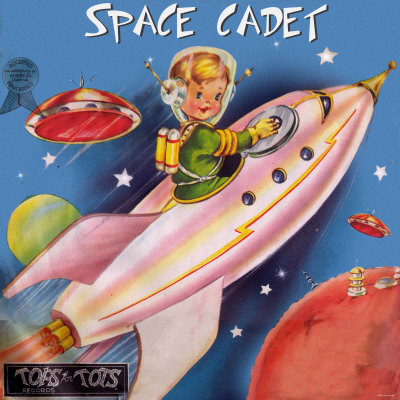 04-19-2014, 11:42 AM
04-19-2014, 11:42 AM
|
|
|
Purveyor, Fine Asian Porn
Industry Role:
Join Date: Jul 2004
Location: San Francisco Bay Area
Posts: 38,323
|
 How Long Would it Take to Travel to the Nearest Star?
How Long Would it Take to Travel to the Nearest Star?
Quote:
The nearest star to Earth is our Sun.
-----
In the future, should mankind wish to leave the Solar System, we’ll have a huge choice of stars we could travel to, and many could have the right conditions for life to thrive. But where would we go and how long would it take for us to get there?
-----
First choice would probably be Proxima Centauri, the closest star to the Solar System. Part of a triple star system called Alpha Centauri; Proxima is 4.22 light years from Earth.
-----
Interstellar travel probably conjures up some outlandish theories about the technology we could use to get there. Star Trek‘s warp drive will have to wait and stay in the “sci-fi” category for now, it is more likely any deep space trip will take generations rather than a few days.
|
Now to put that in perspective, using today's technology:
Quote:
|
Deep Space 1 would take over 81,000 years to travel the 4.3 light years (or 1.3 parsecs) from Earth to Proxima Centauri. To put that time-scale into perspective, that would be over 2,700 human generations.
|
Quote:
|
If Voyager 1 was travelling in the direction of the red dwarf Proxima Centauri, how long would it take to get there? At a constant velocity of 60,000 km/hr, it would take 76,000 years (or over 2,500 generations) to travel that distance. And what if we could attain the record-breaking speed of Helios 2′s close approach of the Sun? Travelling at a constant speed of 240,000 km/hr, Helios 2 would take 19,000 years (or over 600 generations) to travel 4.3 light years.
|
Quote:
Nuclear pulse propulsion is a theoretically possible form of fast space travel. Very early on in the development of the development of the atomic bomb, nuclear pulse propulsion was proposed in 1947 and Project Orion was born in 1958 to investigate interplanetary space travel.
In a nutshell, Project Orion hoped to harness the power of pulsed nuclear explosions to provide a huge thrust with very high specific impulse. It is a major advantage to extract maximum energy from a spacecraft’s fuel to minimize cost and maximize range, therefore a high specific impulse creates faster, longer-range spaceflight for minimum investment.
|
Quote:
The Partial Test Ban Treaty of 1963 is largely attributed to the cancellation of Project Orion (due to the obvious design flaw that huge amounts of radioactive waste would be pumped into space), but what kind of velocities could a nuclear pulse propulsion spaceship attain?
Some estimates suggest a ballpark figure of 5% the speed of light (or 5.4×107 km/hr). So assuming a spacecraft could travel at these speeds, it would take a Project Orion-type craft approximately 85 years to travel from the Earth to Proxima Centauri.
|
I love this planet...

ADG |

|





|